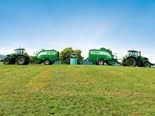Test: SsangYong Rhino XL
The new SsangYong Rhino XL ute looks better, goes better and has more stuff in it. Farm Trader's Cameron Officer reviews.
SsangYong has been a player in the light commercial ute market for three model generations now (four if you count the small-numbers Musso, available between 2002–2005).
While the Rhino nameplate affixed to the truck on these pages might seem unfamiliar, this ute builds on the successes the local distributor scored with the last iteration of the SsangYong Actyon ute.
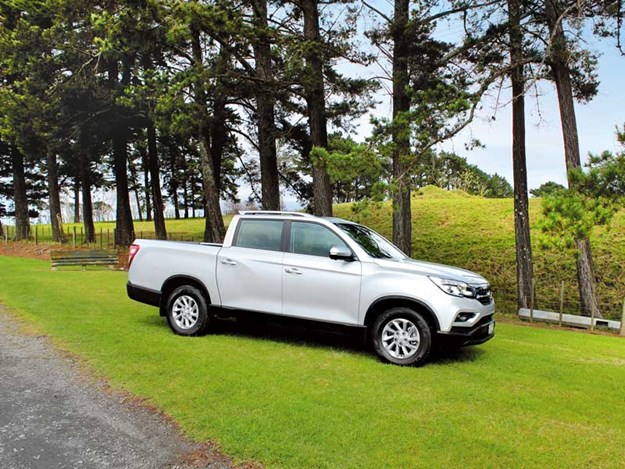 |
|
SsangYong’s Rhino and Rexton SUV share obvious design traits
|
Despite the deeply awkward badging, the Actyon was an absolute sales winner. Available in both commercial grade stripper and lavishly-accessorised show-off guises, SsangYong New Zealand gambled on a good balance of standard kit for a much lower price than the competition.
They quickly established the second-gen Actyon (the first was pug-ugly, the second much-better looking) as a well-dressed ute that undercut the sorts of prices one might be expected to pay for the Hilux, Navara, Ranger et al equivalent. They even created a one-make tarmac race series to showcase the thing.
-make-all-the-difference.jpg) |
|
Simple mod cons (such as keyless entry) make all the difference
|
So, now we have the Rhino. Put simply, it looks better, goes better, and has more stuff in it.
And it should do too, being based very heavily on the ground-up redesigned G4 Rexton SUV.
And I do mean ‘heavily’ based; look at a Rhino and Rexton side-by-side. It’s almost as if the Korean manufacturer has taken a plasma cutter to the SUV’s c-pillar in the most obvious cut-down job since original Mini vans started getting converted into pint-sized trucks in the 1960s.
Building even further on the light commercial sector brand strength, SsangYong has managed to grow over the last decade, we now have the Rhino XL. And this big fella does something very clever, and very simple.
Extension lead
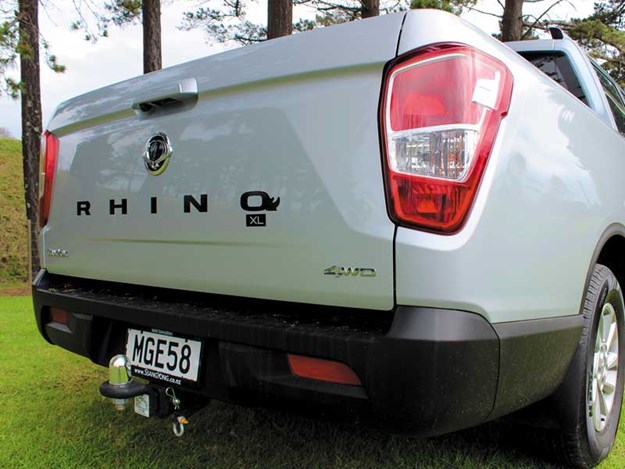 |
|
Both 4WD and front wheel drive Rhino utes are available
|
Taking into account the massive popularity double cab utes enjoy in the New Zealand new vehicle market at present (the Ford Ranger continues to top the private vehicle sales charts as not only the country’s most popular ute but also the most popular vehicle overall), there is a very obvious truth about double cab utes hiding in plain sight.
Despite all the rugged, huntin’, fishin’, dirt bikin’ lifestyle marketing babble attached to the idea of owning one, you can’t really fit all that much in the tray of a double cab ute.
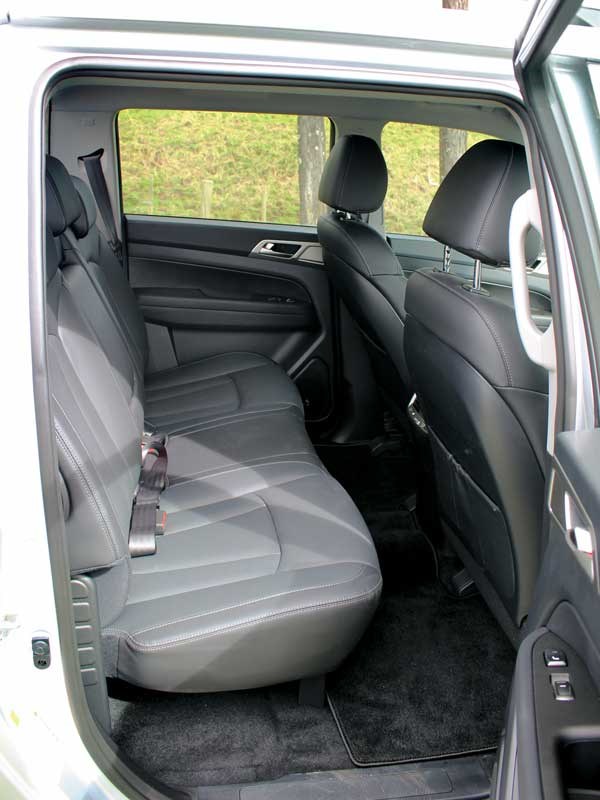 |
|
Plenty of room for passengers in the back of the double cab
|
Unless you’re willing to fit a canopy (and chances are you’re probably only doing that because you want to secure a load bed permanently full of expensive tools or parts), the standard double cab ute tray will defeat a baffling amount of items you’d have thought should comfortably fit.
Certainly without having to resort to the less-than-ideal compromise of dropping the tailgate anyway… right motocross fans?
 |
|
The tray length is 1600mm versus 1300mm in the standard Rhino
|
So, here’s where the SsangYong Rhino XL makes sense: the ‘XL’ bit refers to the tray length, which is 1600mm in length versus the 1300mm over the rear axle of the standard Rhino.
Both utes are lineball when it comes to deck width and height (1570mm and 570mm respectively), but that extra 300mm length will make a difference, especially where plywood and pallets are concerned. For a farmer feeding-out or adding a dog hutch to the rear, the extra sheet metal will be appreciated too.
Flash, or for the field
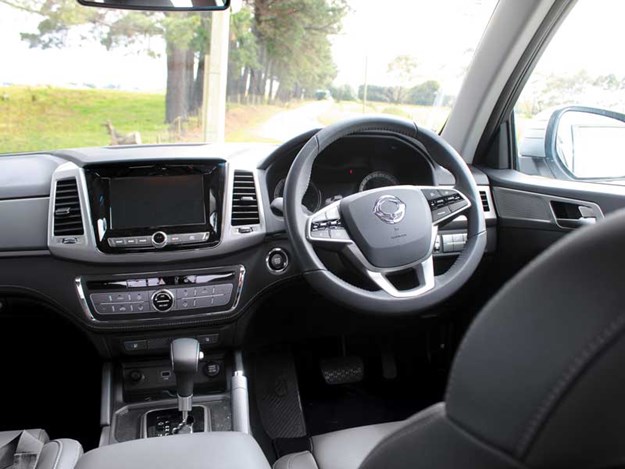 |
|
The cabin is straightforward in design, but this SPR version also features leather seats
|
You can tell from the brightwork adorning our review ute that we spent our time in the top-of-the-line SPR 4WD.
This is the one with all the boxes ticked and comes as standard with extra kit such as 17-inch chrome alloy wheels; a leather interior with heated, ventilated, and electrically-adjustable front seats; heated door mirrors; shiny roof rails; and a clever 360-degree monitoring system.
 |
|
Big touchscreen is intuitive to use and provides a decent screen for the rear-view camera
|
This is tied into the eight-inch infotainment system screen with reversing camera that all 4WD versions get. In the SPR edition, however, the 360-degree monitoring system utilises four external cameras to provide for a ‘bird’s-eye view’ of the ute within its environment, ensuring the driver can see exactly what’s around them before they manoeuvre into or out of a confined space.
While SsangYong certainly knows the value of dress-up alloys, sports bars, and bash plates in order to get customers inside the showroom, the Rhino XL is also available in basic specifications that will suit the rural market all the better. Two front-wheel-drive options are available: a six-speed manual and a six-speed auto, both of which come with a two-litre petrol engine (165kW/350Nm).
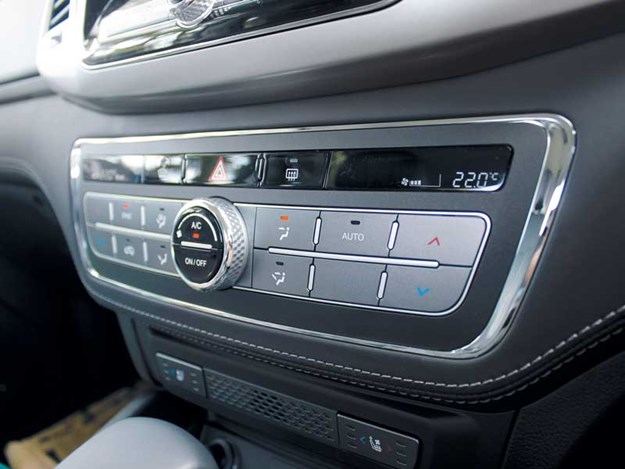 |
|
Air con controls are simple to use
|
My recommended sweet spot for Farm Trader readers, however, is the Rhino XL Sport Diesel 4WD, which offers the same gutsy turbodiesel powerplant as in our feature ute, the same dimensions, and the same part-time four-wheel-drive system.
It crosses out some of the ritzier accessories but still retains useful items such as an inner cover to protect the load bed, fog lamps paired with HID headlights, Apple CarPlay and Android Auto phone connectivity inside the cab, and Active Rollover Protection and Emergency Braking.
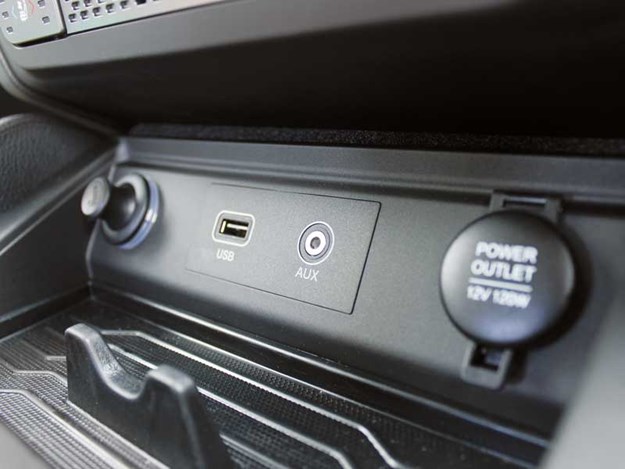 |
|
Charge ports for all your devices, work-based and otherwise
|
The manual version also retails for $36,990 (plus GST and ORCs), which is $8500 cheaper than the SPR edition shown here. The complete Rhino XL range starts at $27,990 (plus GST and ORCs), which could leave you with spare cash for the chunky tyres, wheels, and bull bars of your dreams, but you’d have to compromise on all-paw ability for that price. A mid-range Rhino XL 4WD, however, remains a pretty good value proposition in my mind.
Make your bed
The Rhino XL’s load bed definitely makes a difference to the abilities of this particular double cab load-hauler, although when in town you need to be aware of the extra distance between your vehicle’s nose and rear-end (which is where the standard reversing monitor in all 4WD models comes in handy).
Every Rhino XL features a combination of double wishbone suspension on coils up front and leaf springs at the rear. The ute’s 1060kg payload improves on the standard Rhino’s figure by 210kg and betters the payload figures of more expensive rivals. Its 3500kg braked tow rating is on par with other turbo-diesel utes available such as the Ford Ranger, Toyota Hilux, and Holden Colorado.
Ride along
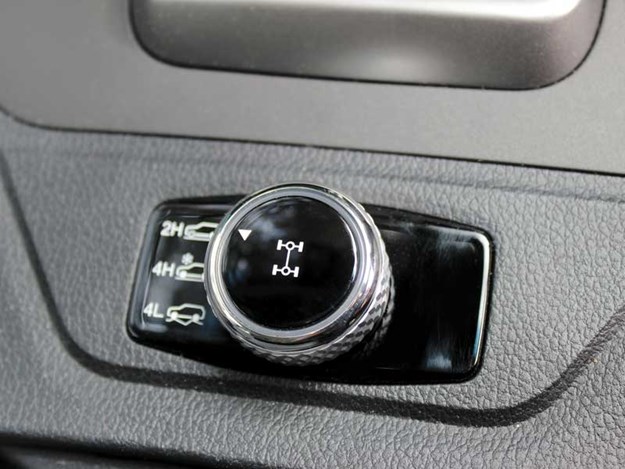 |
|
Similarly, it’s as simple as twisting a dial to engage four-wheel drive
|
The 300mm extra body length doesn’t make any difference to the ride quality from the SsangYong, which is as compliant as any other light commercial vehicle of this type on tarmac. That’s despite all the extra tray length extending out beyond the rear axle.
The manufacturer did a fair amount of work with the Rexton/Rhino pair, enlarging rubber engine mounts in order to reduce noise and vibration while on the move, along with installing quadruple-layered door and window seals to help keep out road and wind noise.
Switching to 4H mode is as simple as twisting a dial in the centre console. Across boggy paddocks, the capable system paired with 215mm of minimum ground clearance helped the ute cope with light off-road duties.
Verdict
.jpg)
The SsangYong Rhino XL does what so many double cab utes can’t: it provides the convenience of comfortable five-person transport yet doesn’t compromise on tray space. It builds on the Korean brand’s ever-expanding reputation for mixing a solid suite of comfort and convenience specification with realistic pricing.
Aimed squarely at the tradie market (and available in five different grades), those extra millimetres in the back will also suit the many and varied recreational purposes Kiwis now buy this type of vehicle for as well. Just watch your back when reversing out of that car park outside the local rural supplies store.
SsangYong Rhino XL SPR Diesel 2.2 4WD specifications
| Engine | 2.2L e-XDi turbodiesel |
| Transmission | 6-speed automatic |
| Power | 133kW |
| Torque | 420Nm |
| Kerb weight | 2192kg |
| Payload | 1060kg |
| Tow rating | 3500kg (braked) |
| Fuel economy | 8.6L/100km |
Price: $45,490 + GST + ORCs
Keep up to date in the industry by signing up to Farm Trader's free newsletter or liking us on Facebook







